Relaxing the Corporate Dress Codes
Tired of those buttoned-up shirts, ties and heavy blazers? Here’s a guide to casual dressing at work
It’s 2015 and we are increasingly leaning towards liberal attitudes and lifestyles. The buttoned-up realm of high-tech corporations, where grey suits and ties have been de rigueur for long, is evolving fast and breaking away from the usual dress codes, in order to sync with the changing lifestyle of today’s youth.
One of India’s well-known information technology service companies, Infosys, recently bid adieu to rigid sartorial regulations. The initiative adds yet another feather to the cap of Infosys CEO, Vishal Sikka, who is frequently spotted in a round-neck T-shirt paired with a jacket at public events. It should be no surprise that a majority of Infosys employees, who are in their twenties, fresh out of college, have welcomed the shift towards more casual office wear. “I totally loved the move but wasn’t surprised either, as every time there was an employee survey on how to improve the work environment, many of us pointed out the inflexible sartorial regulations. Our CEO noticed and made the change,” says Greatston Gnanesh, a 24-year-old Senior Systems Engineer at Infosys.
“A range of formal clothes is expensive. It is extremely uncomfortable to wear full-sleeve shirts and ties in the scorching Indian heat. There were other rigid regulations like matching the belt colour to the shoes. Even the casual Fridays came with limitations of not wearing round-neck T-shirts. It is a definite relief to be able to wear clothes that make me feel comfortable. Moreover, I no longer have to wait till Fridays to exhibit my personal style statement,” adds Gnanesh.
This paradigm shift in corporate dressing culture is not only cherished by the employees, but also seen as a good move by several fashion and lifestyle brands. Allen Solly, which is said to have pioneered the ‘Friday Dressing’ concept in India, announced a 25-per cent discount for Infosys employees, for its range of smart casuals. “We believe that one must feel completely at home with the clothes he/she wears to work. We also don’t believe in the formal dress code that companies have. It is with this insight, way back in 1995, that Allen Solly exhorted consumers to not wear uniforms to work. We believe dressing up casually is an art,” says Sooraj Bhat, COO, Allen Solly.
Fashion blogger and stylist Dayle Pereira says, “Semi-casual dressing is the most ideal dress code for an office environment. They are more comfortable on the body and are easier to wear. It makes the wearer feel less stiff and at ease.” She believes that an individual’s behaviour, mannerisms and personality speak louder than any piece of clothing. Semi-casual clothing gives individuals more freedom with their attire. It allows them to experiment and bring their personality into their dressing.
Fashion designer Nida Mahmood, known for her quirky style sensibilities, is all praise for those who dare to unleash a personal style at the work place. “It is a refreshing change to see someone display their taste, instead of following the herd. It speaks of confidence and individuality, which are important in any business-oriented space. Your outlook makes a lot of difference,” she says.
Sometimes the term “semi-casual” is interpreted differently in many workplaces. “Even without any formal dress code policies, there should be an understanding of what’s appropriate and what’s not in any workplace. It depends on what works in your organisation,” says menswear designer Manish Tripathi of the label antarDESI.
Dayle Pereira highlights that casuals do not mean shabby or under-dressed. Smart casuals can also look chic and sophisticated.
“Women should invest in a few basics such as a straight, fitted pair of dark-washed denim jeans, shirts in plaid or gingham prints that can be rolled or buttoned, knee-length shift dresses, pencil or high-waist skirts and clothing with prints and patterns in bright and pleasant colours that are not overpowering,” adds Pereira.
“Men can wear a semi-formal shirt and a chino for a classic and effortless look. Adding a blazer makes you meeting-ready in no time. If you are feeling adventurous, I would strongly recommend a T-shirt and chino look,” suggests Bhat.
However, Tripathi exercises a word of caution while adhering to smart casuals in a corporate ambience. “One shouldn’t over-do the attire with too many casual pieces like round-neck T-shirts with tattered denims,” he says.
Mahmood further emphasises on keeping the look simple and graceful. “Women at work must keep their style easy and stylish with non-fuss silhouettes and accessories. Too many accessories and garish make-up at work will make you look like a Christmas tree. Over-the-top at work is never a good idea. Another key consideration is to follow a style based on the individual’s need and body type instead of ending up fashion-flawed in pursuit of wanting to fall in the fashion-literate category,” she says.
The article was published in The Hindu Metroplus on 18th July 2015




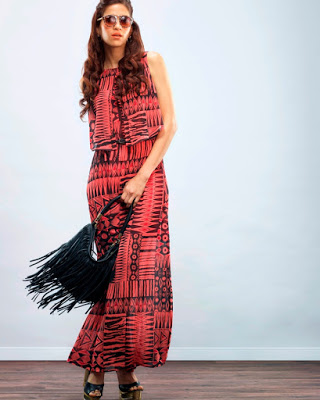
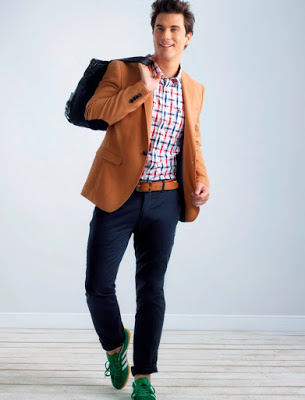
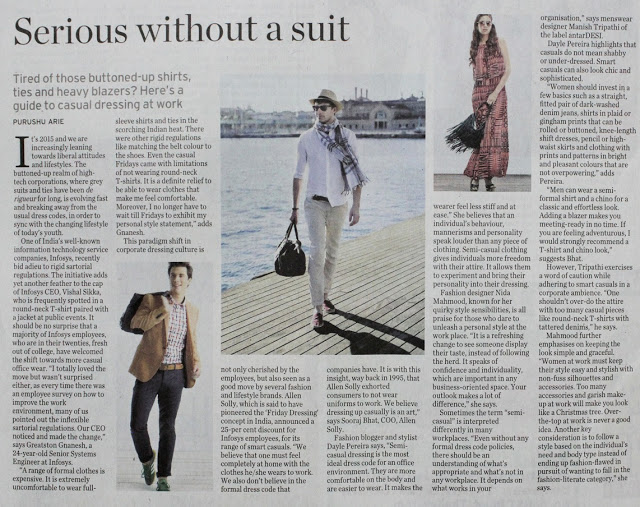
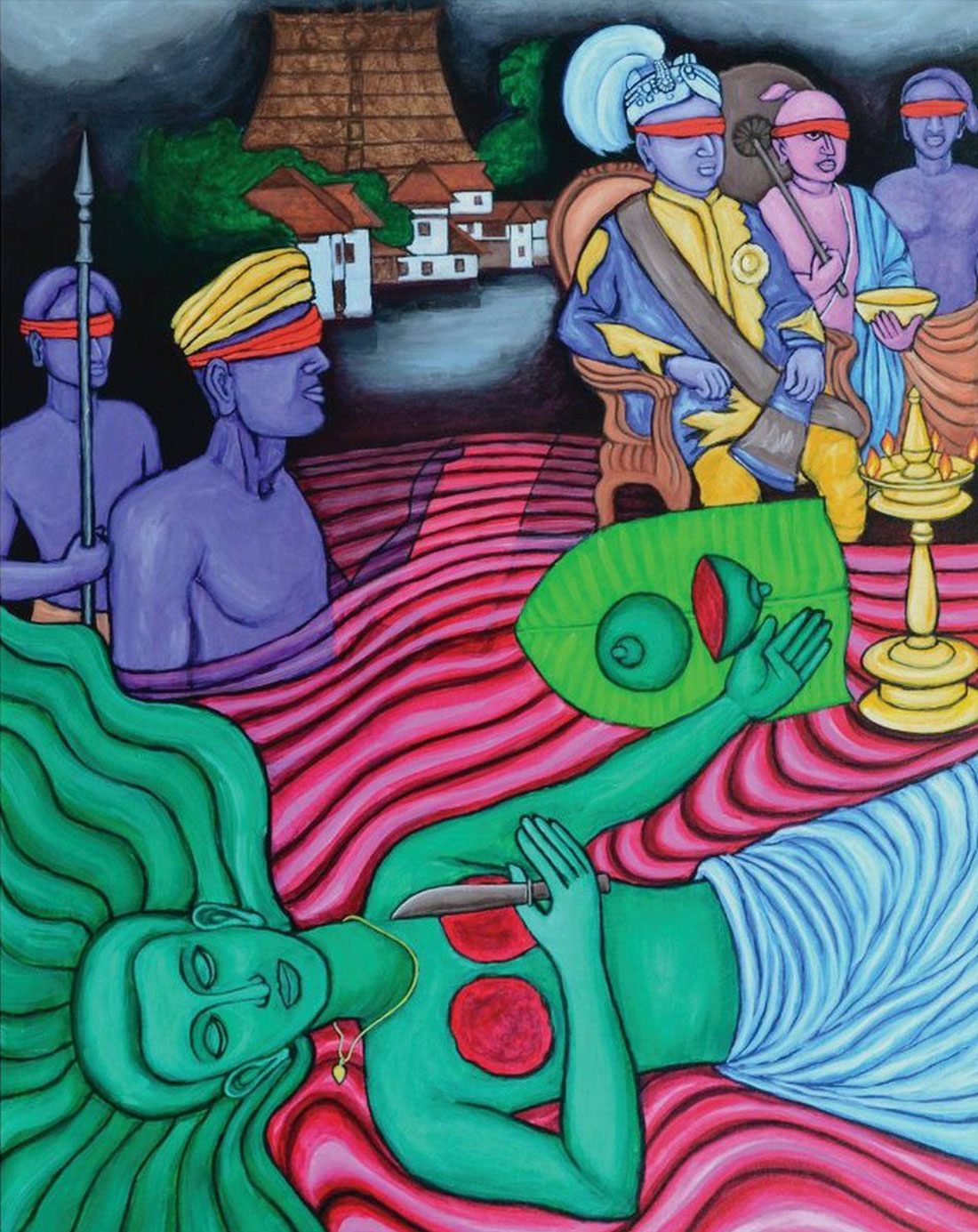
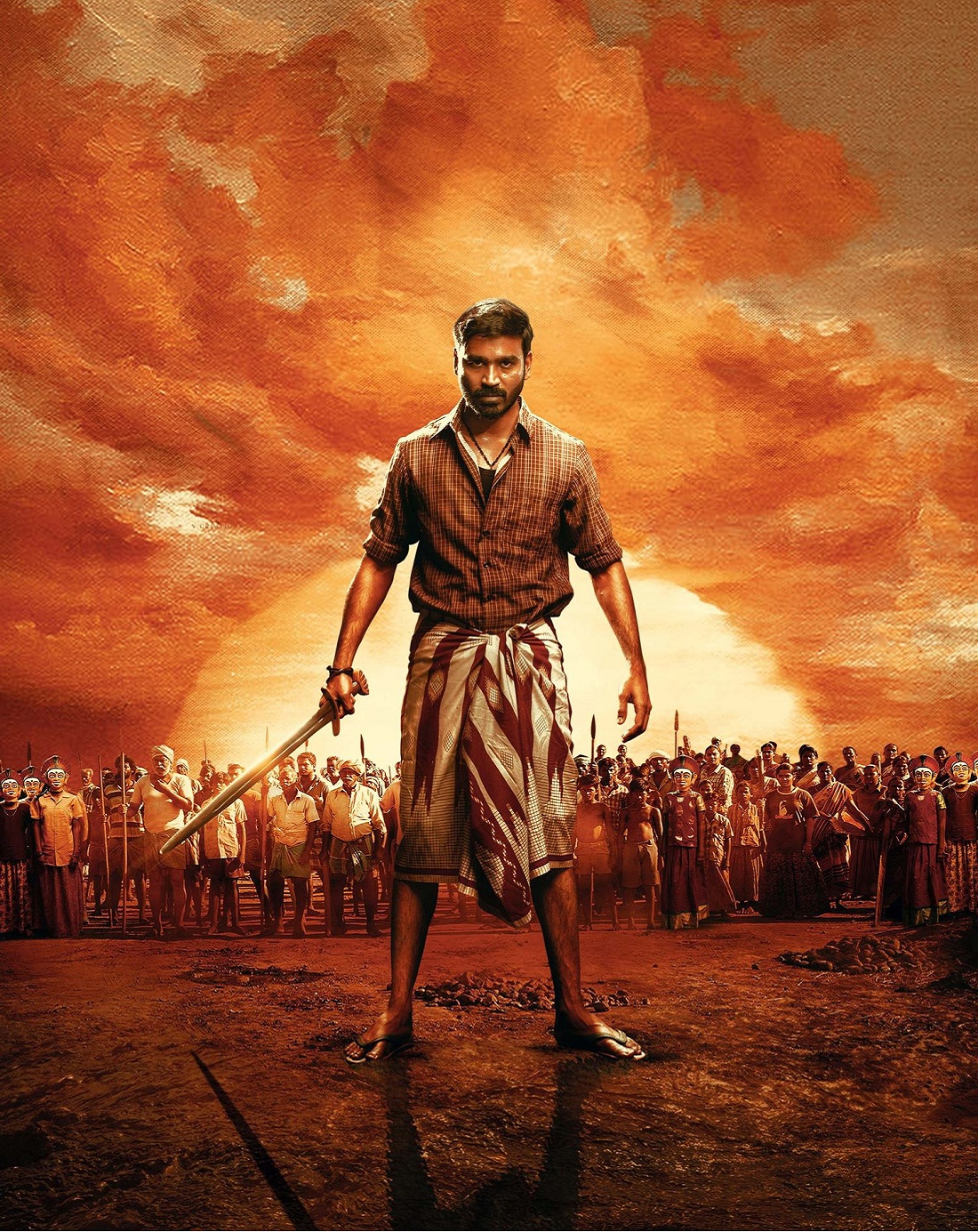
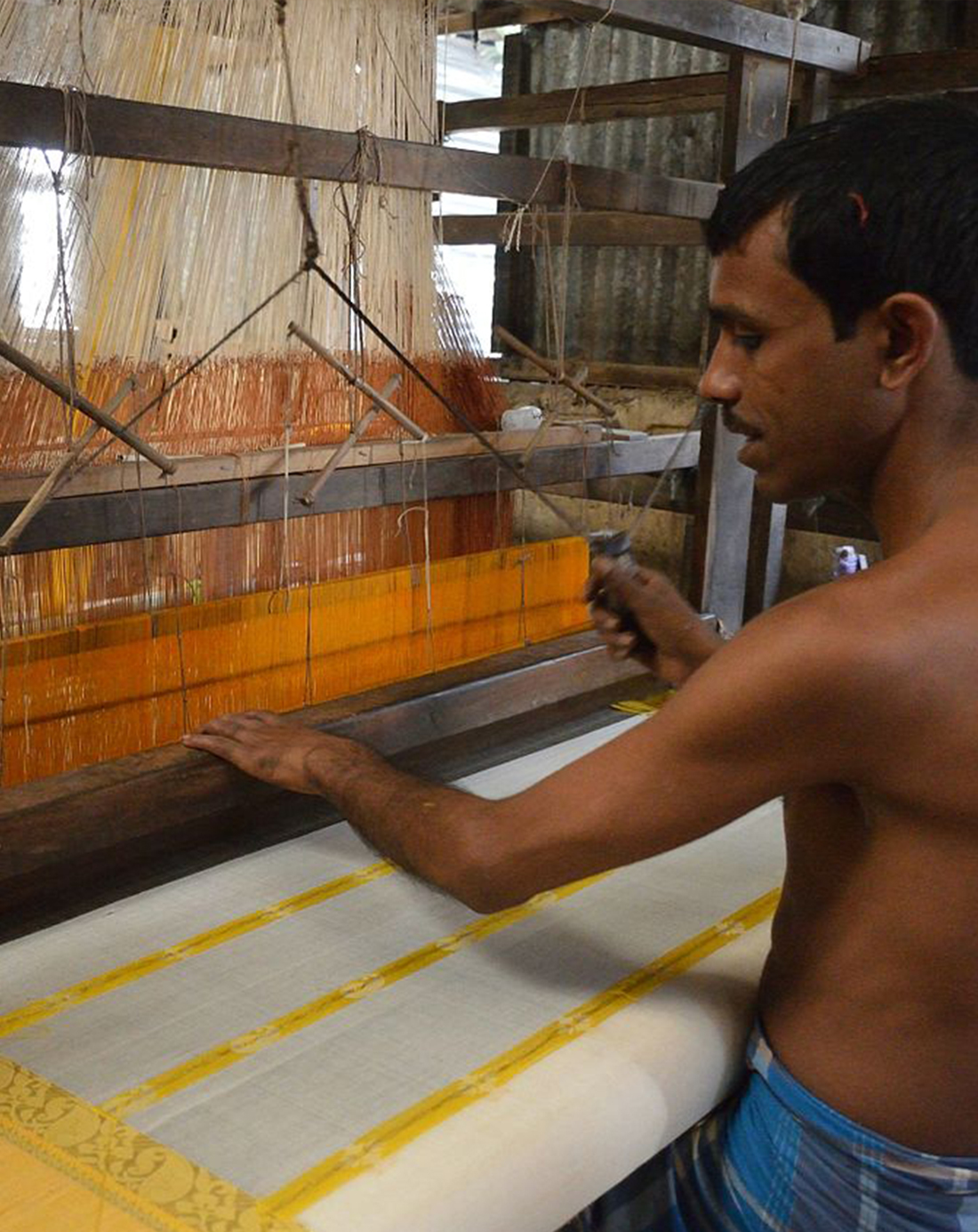
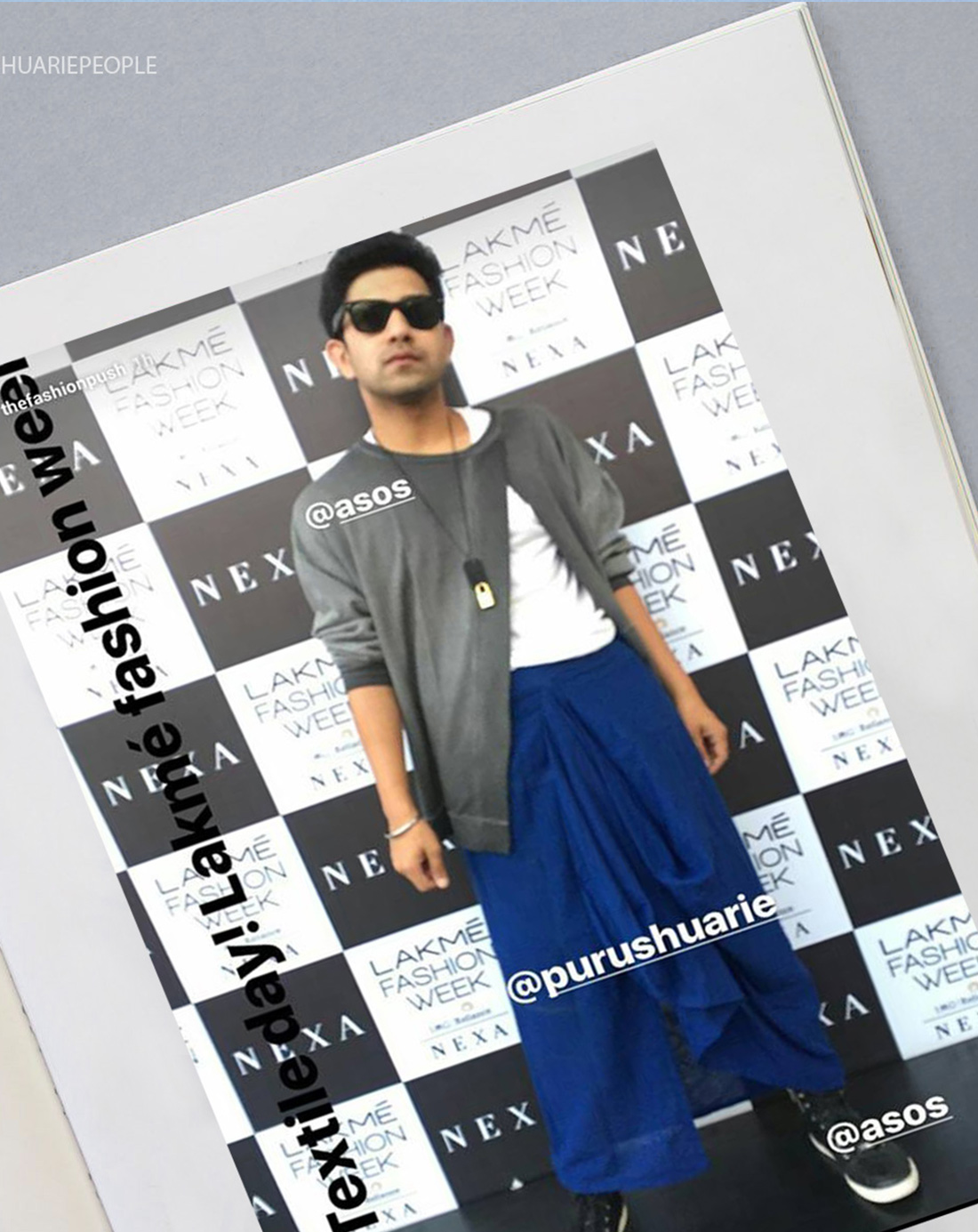
No Comments